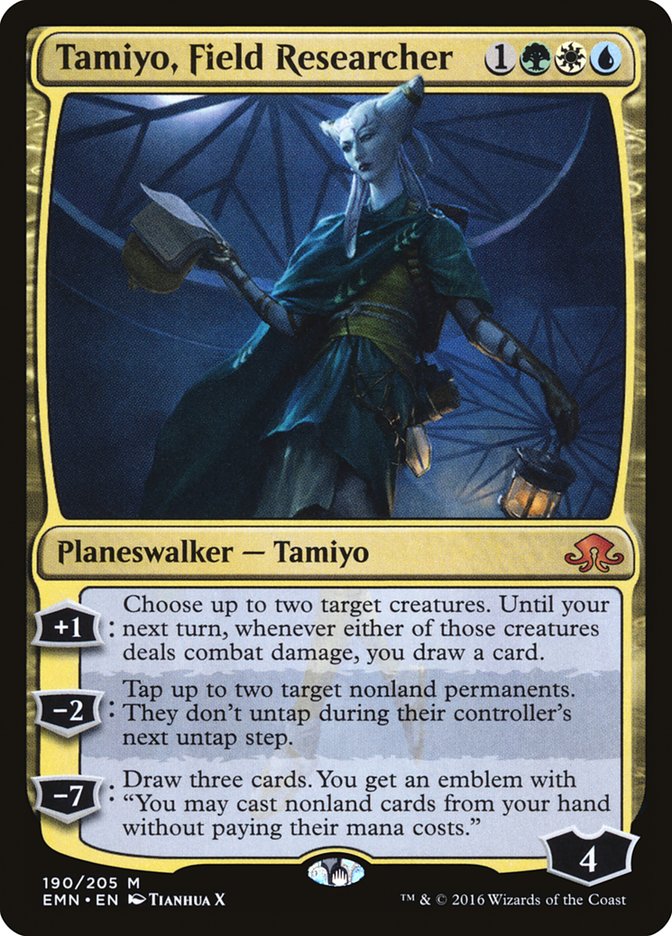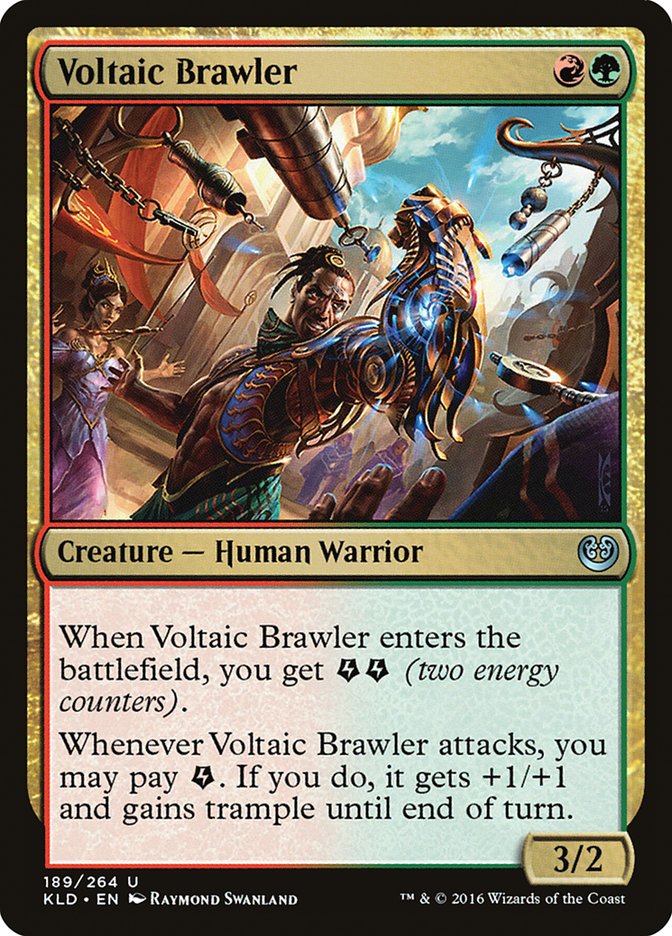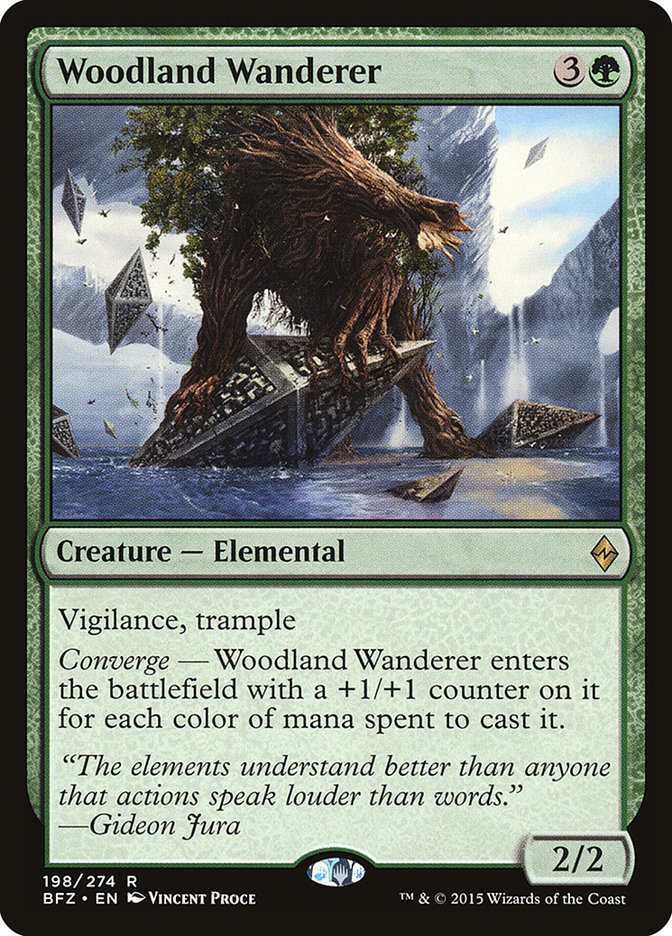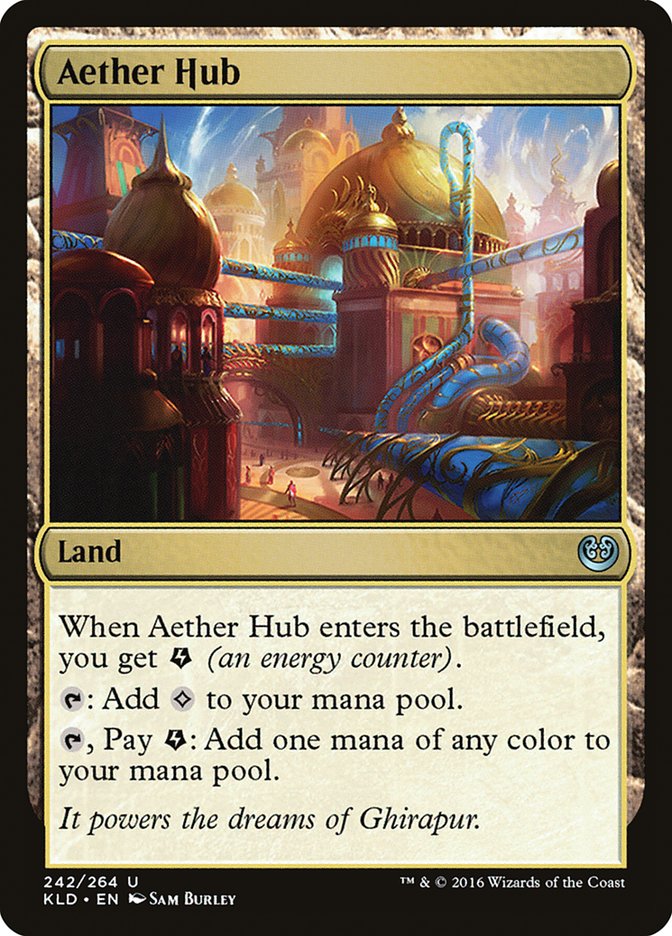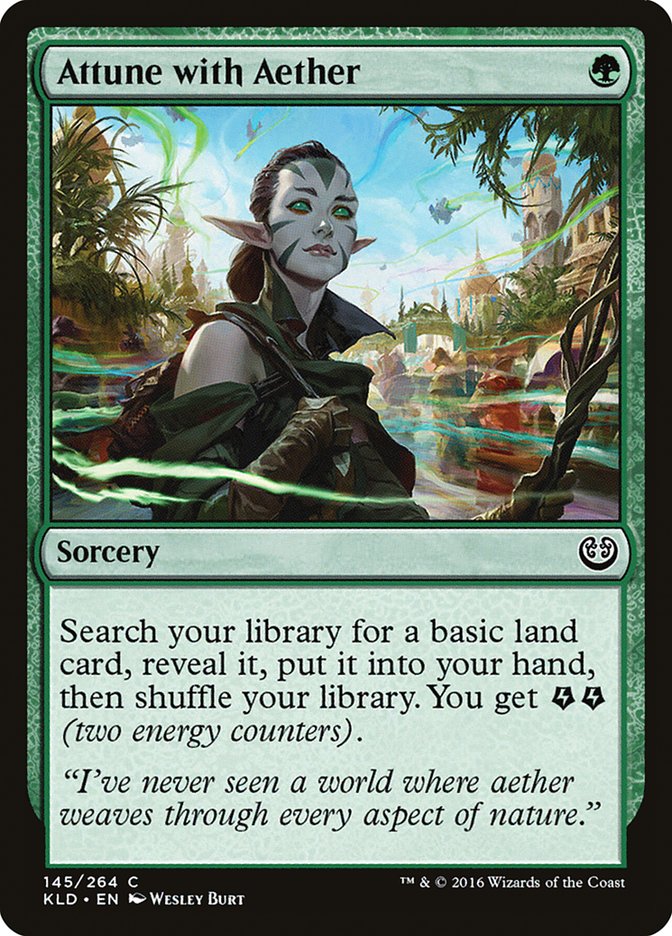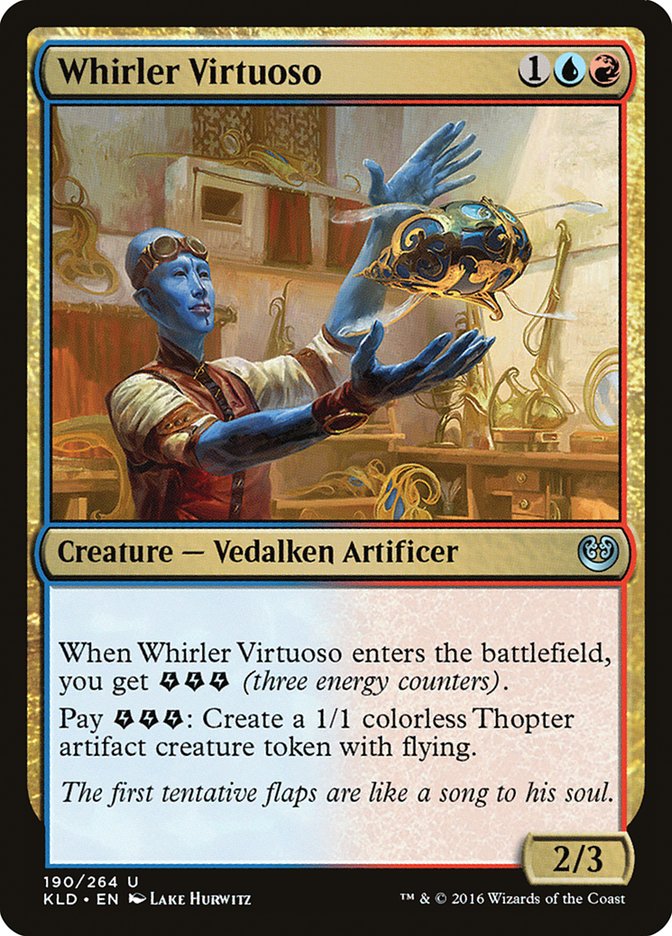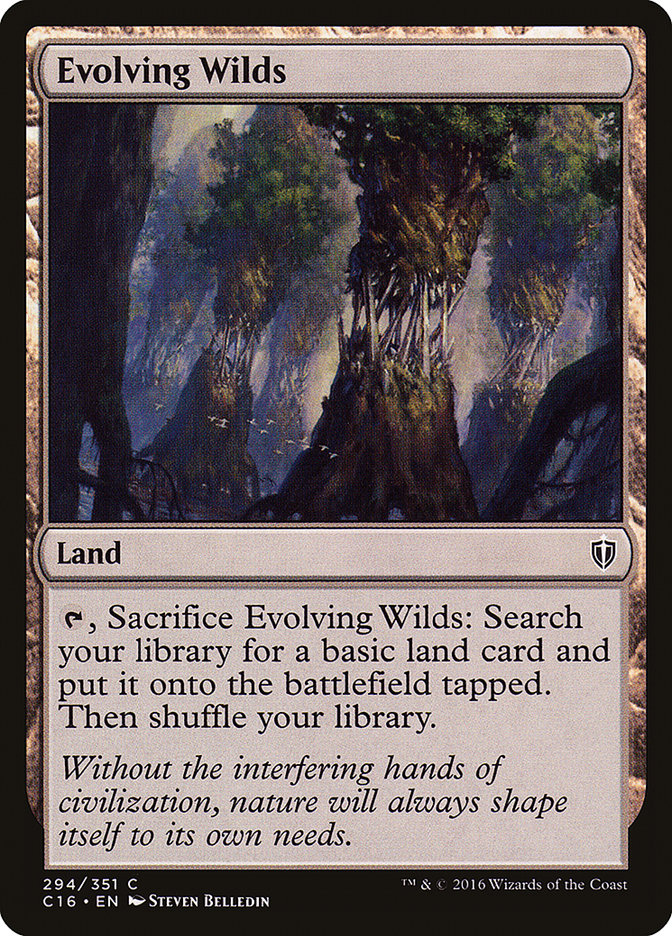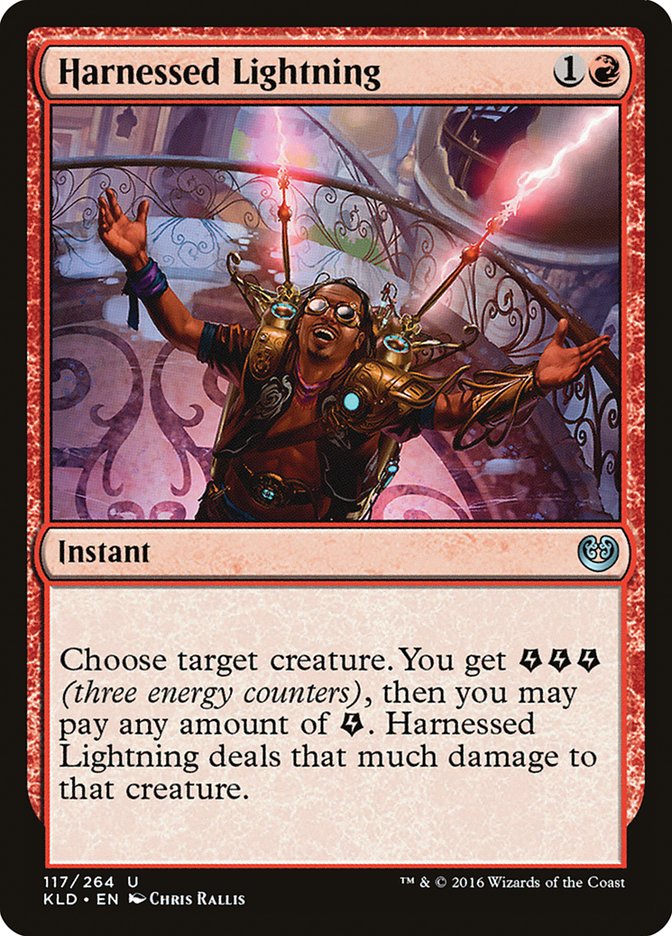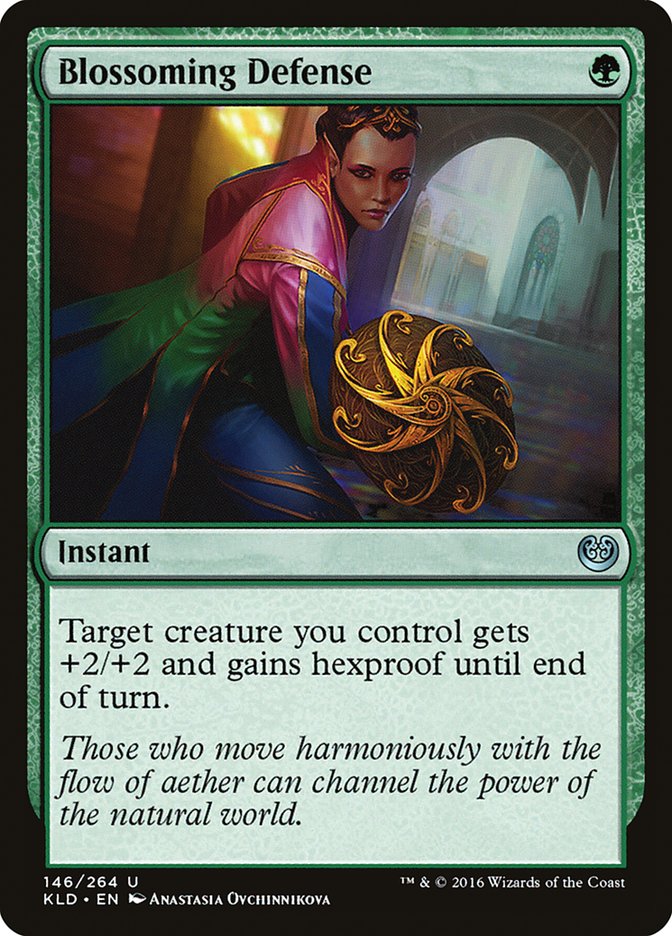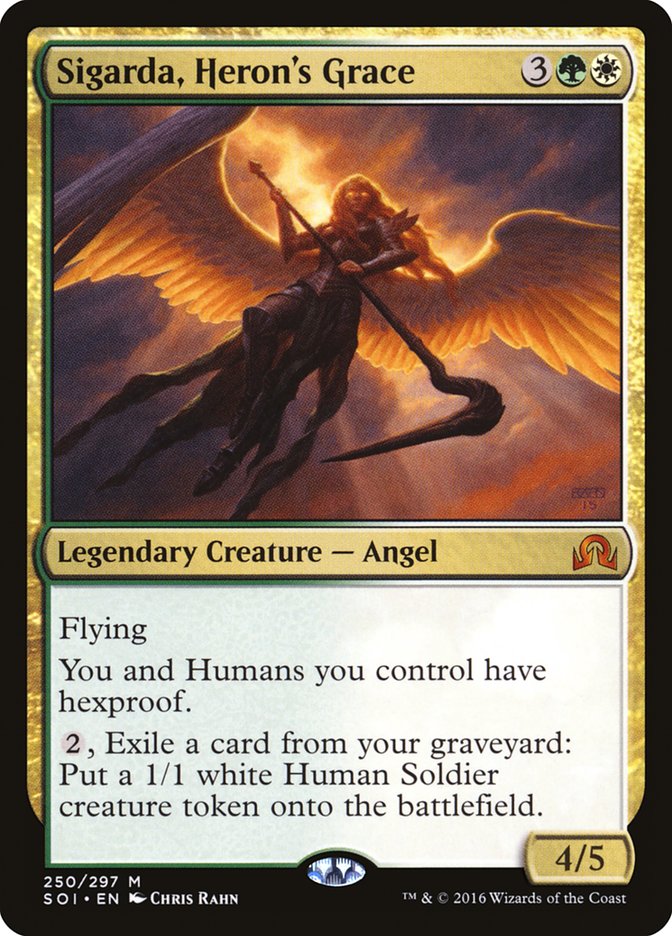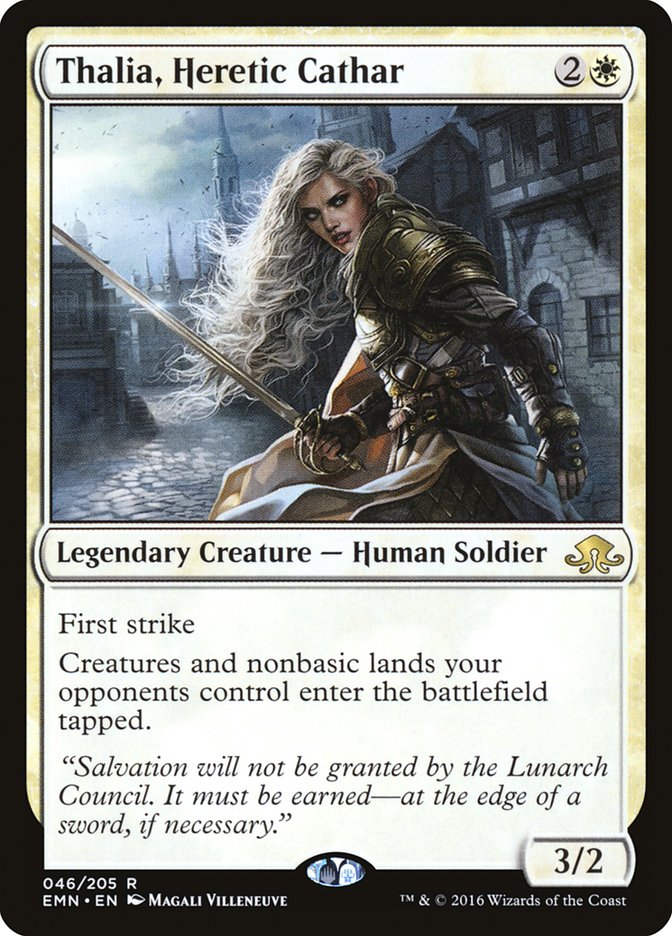On the first day of Pro Tour Kaladesh, I knocked it out of the park in Standard with a 5-0 record.
On the second day, the wheels fell off. I went 1-4, and while I might have some reservations about those results telling the whole story, you have to take the good with the bad. While I may have messed up to lose one of those matchups, for example, I’m sure that I had an opponent on Day 1 who could have messed up to allow me my win against them.
While I walked out of the PT with a heavy heart, one of the things that was absolutely the case was that I was impressed by the core of the deck that I played. Tamiyo, Field Researcher was just an incredible card, and in both testing and at the Pro Tour, I was amazed at just how many games she delivered.
If you’ve been reading my work for a long time, you might know that not so long ago I was in a PhD program at the University of Wisconsin. It was a pretty awesome, if wildly busy time, and while eventually I decided to leave my program, I look back on academia with a lot of fondness and introspection. In large part because of that background, Tamiyo, Field Researcher makes me chuckle a little bit when I think of it.
“Excuse me, Emrakul – is that Mister Emrakul? Ms.? Well, no matter… I see you still haven’t filled out this bit of the survey where it asks how many hours of sleep you get a night. As you might recall, the study we’re conducting really needs to know this information…”
Emrakul, of course, made busy by the research question, stays tapped for a while.
In plenty of games versus B/G Delirium over the last few months, I’ve had Tamiyo, Field Researcher manage to hold down an Emrakul, the Promised End as a way to win the game. You’d think this wouldn’t happen all that often, but in many protracted games, it does. One of the awesome things about it, though, is that in a showdown, Tamiyo, Field Researcher usually would end up overcoming Emrakul, even if you went a little mad for a moment there.
That speaks a lot to the power of Tamiyo, Field Researcher.
Here is the deck I played at the Pro Tour:
Creatures (20)
- 3 Woodland Wanderer
- 4 Sylvan Advocate
- 4 Archangel Avacyn
- 2 Tireless Tracker
- 4 Spell Queller
- 3 Servant of the Conduit
Planeswalkers (4)
Lands (26)
Spells (10)

So, I absolutely loved my deck – with a caveat. When the mana was working, I loved my deck. However, the mana did not work nearly often enough for me to feel completely comfortable. It worked out a lot and it failed too often as well.
I’ve spent countless hours in the time since trying to make the mana feel right, and every path I’ve taken just makes me feel like I’m missing something that I should be doing. I’m not sure that the mana does exist to make the deck feel like it is working; I just know it doesn’t feel like it is working.
I actively like this deck against both B/G Delirium and W/U Flash, and I handily beat both decks at the Pro Tour, including handing Joey Manner his only Standard loss during the Swiss rounds. However, in all of those matches, the mana worked out, and so my deck got to do what my deck does: put on a clock while being able to fight a longer grind.
Even without the mana considerations in mind, the deck isn’t great. I always felt like there were elements of the deck that I wanted to be just a little bit different, and I couldn’t put my finger on exactly what they were.
Recently, I saw two lists that made me imagine a slightly different path.
There was a more radical list that I saw at Grand Prix Providence that was intriguing, but the day I wrote this, I saw a Magic Online list that was somewhat in between what I’d been attempting to do and what the W/U Flash decks were doing. It underscored some of the concepts that I’d been thinking about with Bant: Bant played out a lot like the Flash lists, but it had a stronger long game and more potent creatures, pound-for-pound. Ultimately, though, they were basically cousins, as Joey Manner mentioned to me in our match.
Here is the Magic Online list that made me sit up and take notice:
Creatures (24)
- 4 Reflector Mage
- 3 Sylvan Advocate
- 2 Archangel Avacyn
- 4 Tireless Tracker
- 3 Spell Queller
- 2 Selfless Spirit
- 2 Verdurous Gearhulk
- 4 Servant of the Conduit
Planeswalkers (4)
Lands (25)
Spells (7)

I had shied away from Verdurous Gearhulk in favor of running all Archangel Avacyn at the five-slot. Atrkud splits the difference and runs both. More importantly, though, they also went full in on Servant of the Conduit and played the Reflector Mages that I’d been eschewing.
I didn’t miss Reflector Mage at the Pro Tour, but in the world we’re living in now, I’ve begun to believe that they are basically a must-have.
Of course, the deck that actually made me sit up and gasp was this deck from Grand Prix Providence:
Creatures (29)
- 4 Woodland Wanderer
- 2 Reflector Mage
- 2 Tireless Tracker
- 4 Spell Queller
- 2 Verdurous Gearhulk
- 4 Longtusk Cub
- 4 Voltaic Brawler
- 3 Whirler Virtuoso
- 4 Servant of the Conduit
Planeswalkers (3)
Lands (22)
Spells (6)

One of the things I absolutely love about this deck is that it seems to me that the mana is actually working in this list. Having taken the deck for a whirl, it isn’t 100% perfect, but it is pretty damned good, and I find myself deeply impressed with the consistency of the deck, especially given some of the openings you might want to accomplish.
Most exciting of all, though, was that the deck played a card that was a late entrance into my own Tamiyo deck that really knocked my socks off:
If you can consistently get the mana, this card is an utter powerhouse. This card was so good in initial testing, it singlehandedly created the desire in our testing group to try out Servant of the Conduit and then embrace the card. There were a shocking number of games where you ended up with a 6/6 on turn 3, and even in those games where you didn’t get the very most out of the card, I never had it be any smaller than a 5/5. Frankly, a 5/5 vigilance, trample on turn 4 is well, well above the curve.
Julian’s deck does two things that mine did not: it actually puts a 5/5 or 6/6 creature into a context where it is absolutely beating down while simultaneously bringing forth more consistent mana.
It does a lot of this by borrowing from the gameplan of the Energy decks.
This selection of cards is awesome. In addition to just being a basis for a great aggressive deck, it also provides a wild consistency of mana.
The major problem I’d had with Aether Hub in my own deck was that I kept failing to have Aether Hub pan out. Not only was the card being overutilized for mana fixing in my deck, I was simultaneously not feeding it enough energy. Julian’s deck solves this problem by actually supplying the energy needed to make the card work.
There is basically only one card that I don’t much care for in this deck:
Draft decks aside, I just don’t think that this card has a significant enough punch to really warrant consideration. The best thing that it does is supply three energy for your other cards, and I’d rather just play more of those cards.
After taking Julian’s deck for a spin, I found myself basically loving it and just wanting to get rid of those Whirlers. In their place, I moved a small number of cards from Julian’s sideboard into the main.
Frankly, I just wanted a touch more mana. As this was already a deck that was working with Tireless Tracker (a card that I’d moved up to a four-of in my 75 in my newest version of the pure Bant list), Evolving Wilds felt like the natural choice. I still haven’t regretted it.
Harnessed Lightning also seemed like an easy choice. This is a world where I’m happy to have that many copies of a cheap removal spell. There are definitely days in which I think I should just find room for that fourth copy, and it is the most likely next change I expect I’ll make in this deck.
Blossoming Defense has been and continues to be an all-star in my experience. There is a real sense of diminishing returns with the card when you’re playing it, and while there is certainly a great deal of action in this deck, frankly there isn’t a card in the deck that I could confidently cut for another copy of Blossoming Defense. There are times when I’ve considered Reflector Mage as that cut, but in the current environment, Reflector Mage just seems good (albeit not good enough for me to want to shave more cards for it, given the mana requirements of the deck).
Here is my current build of the deck, including sideboard:
Creatures (26)
- 4 Woodland Wanderer
- 2 Reflector Mage
- 2 Tireless Tracker
- 4 Spell Queller
- 2 Verdurous Gearhulk
- 4 Longtusk Cub
- 4 Voltaic Brawler
- 4 Servant of the Conduit
Planeswalkers (3)
Lands (23)
Spells (8)

You’ll see that the deck is basically very, very close to Julian’s original list. Aside from the changes I mentioned above, I have flirted with the idea of dropping a Spell Queller from time to time, but especially as the deck is so much more aggressive than my Pro Tour deck, I’ve largely been dissuaded from that choice by the way the deck plays out.
The sideboard includes extra copies or analogs of a lot of the cards that are already in the maindeck, mostly to play as helpers to those strategies that would best be impacted by those cards. Negate, for example, is a great tool versus anyone that is slower, and Ceremonious Rejection makes an appearance as well.
The big divergences from Julian’s sideboard are as follows:
I’ve just been so impressed by Blossoming Defense that I feel like it is practically necessary to have at least two in the 75 of any list that can cast it. Fundamentally, it forces the opponent’s hand in ways that are problematic. They don’t want to cast removal spells on their own turn, but if they don’t, they are under real threat of taking even more damage. If they do cast it on their own turn, leaving one mana open is such a small cost, it can be easy to stop the removal and then follow up with a Verdurous Gearhulk for a ton of damage.
Tamiyo, Field Researcher is just a great card in any game that grinds. While this build of the deck makes less excellent use of it because of the absence of Sylvan Advocate, it still represents a colossal threat and can singlehandedly put away games. I almost feel like the fourth copy of this card is the deck’s Rorix Bladewing: a card that you didn’t have in the maindeck (in that era) but that you sideboarded in for every matchup, taking out different cards each time.
Sigarda, Heron’s Grace is a card I was going to cut from my sideboard, but with the rise of G/B Delirium, I feel it has a place again. Messing with Emrakul and To the Slaughter is a nice payoff, and the card is otherwise able to threaten to take over a stalled game.
Finally, Thalia, Heretic Cathar is just a great card against Vehicles in general, especially in a deck that has so many other targets that removal might have been used up before its appearance. The card isn’t insanely overpowered in those instances, but it is a nice proactive card to bring in versus those decks.
Overall, I’m very happy with how the main deck is arrayed in this current build. I still might end up shifting it by one or two cards, but only for cards that I currently have in my sideboard. The work on the sideboard might shift a little bit more than that, but, then again, don’t they always.
If you’re looking for an awesome deck for Standard, I heartily recommend this one.


